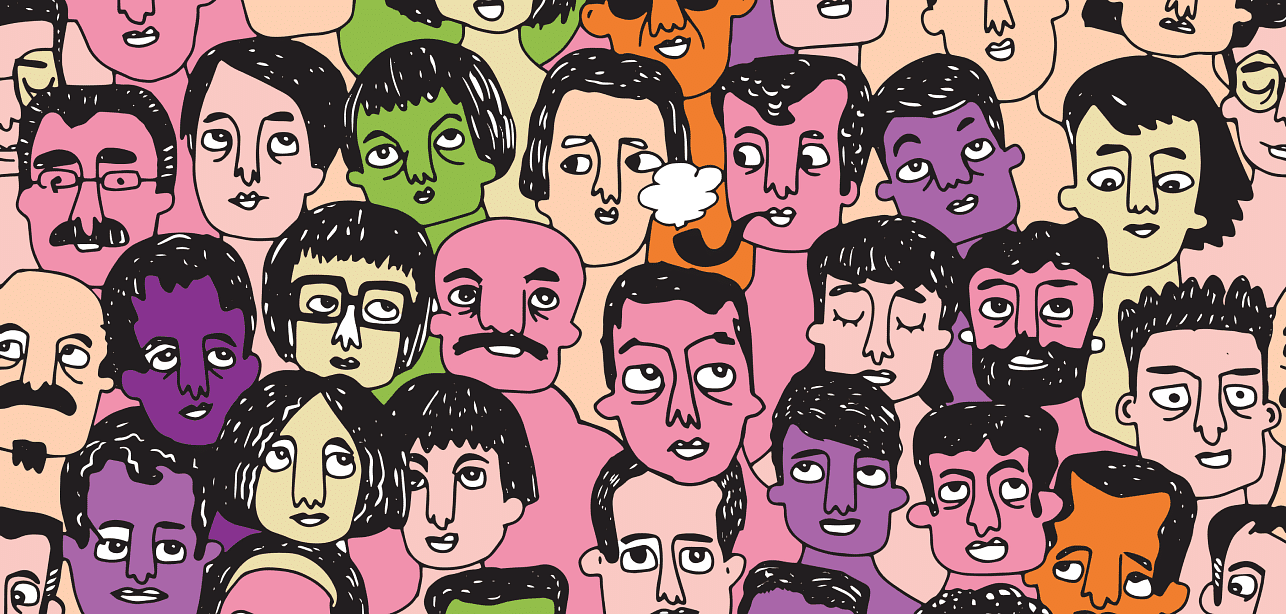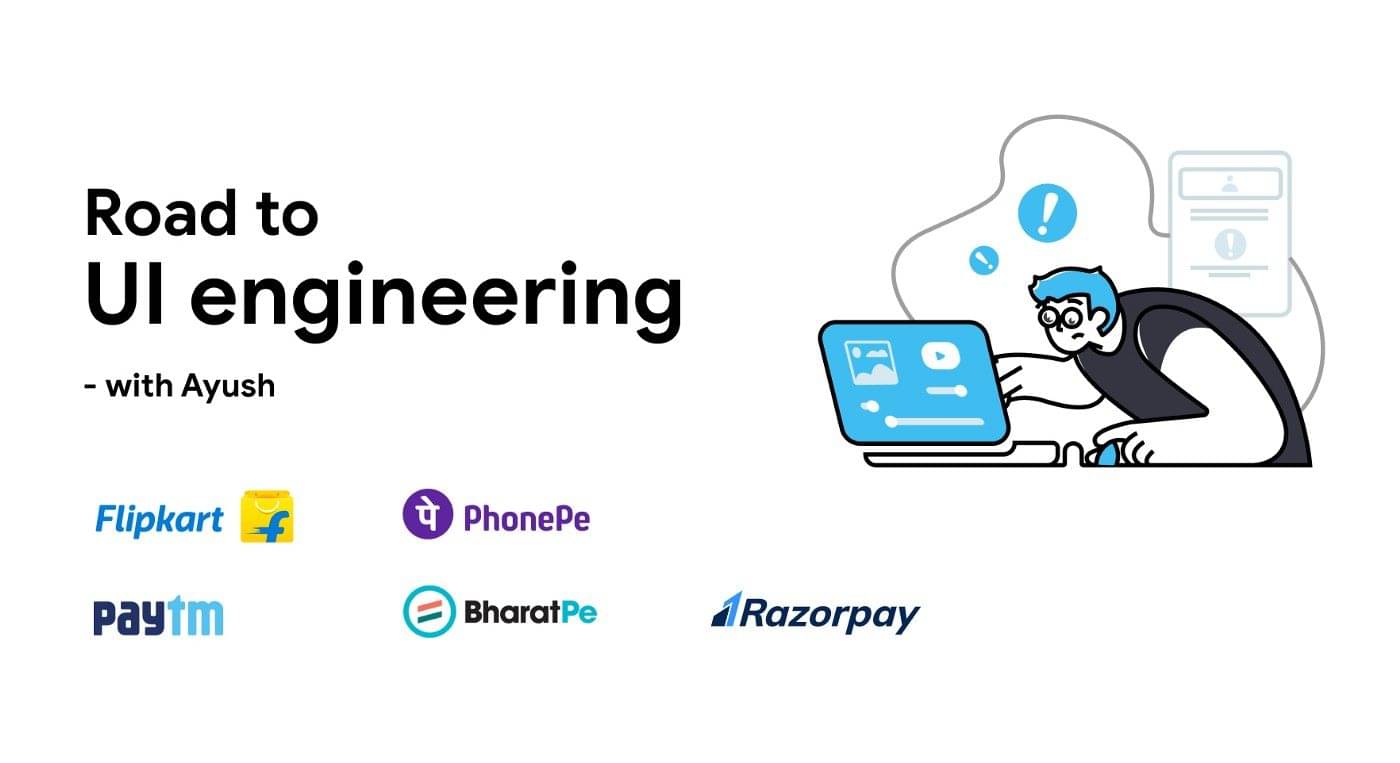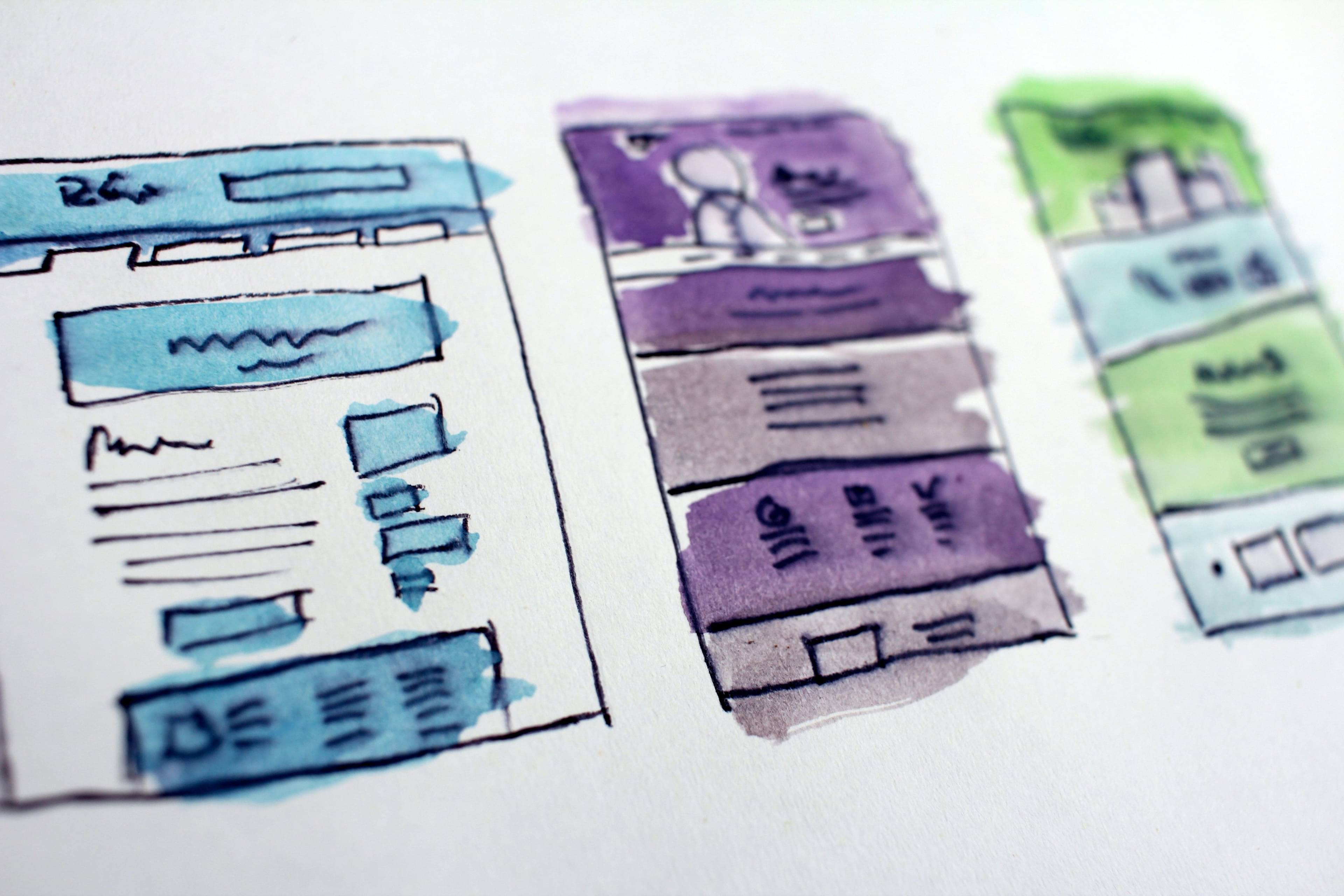By Design is a fortnightly letter reaching ~170,000 people following the Prototypr publication. Written by Sophie Clifton-Tucker, we unearth unheard voices, and break down the barriers in design and development.
Take your design hat off for a moment, and imagine you’re a farmer. You’ve spent ages cultivating the perfect aubergine, and are ready to take it to market. Only there’s one hitch: the marketplace that promised to put your prized veg on show, isn’t. Instead they’re promoting Dave’s chilli (and he hasn’t spent half as long growing his). Welcome to the world of online algorithms.
Initially, the marketplace welcomed your quirky produce, with its unique humps and hues, but now they’re only showcasing ‘the perfect vegetable’. “We are showing your aubergine! Look!” they say, pointing at the very back of the warehouse, across rows of uniform vegetables. Youtube engagement, anyone?
So you’re stuck. How do we make sure people see your aubergine? (The aubergine is your product, don’t be filthy.)
In a previous newsletter, I spoke about finding your ‘design tribe’ through online groups such as Designer Slack Communities. Maker communities are a great way for like-minded designers to connect globally and share their work — and they’re on the rise.
There seems to be increasing demand to connect, learn, and collaborate with other makers as new spaces emerge.
Ryan Hoover
Hot off the Press
David vs Goliath: The shift from big communities, to small ones.
- YouTube’s Bias Recommendation Bubble: In a recent article, Laurie Sullivan asks the question — did personalisation create bias? It’s no surprise that algorithms massively impact our viewing habits, but what does this mean for content creators?
We’ve all been suckered into a ‘YouTube hole’ before; you start by watching a clip of some Ted talk you’ve been recommended and before you know it you’re in deep watching screaming goat compilations at 3 o’clock in the morning. You’re not entirely to blame — speaking at a CES panel discussion, YouTube’s Chief Product Officer, Neil Mohan, revealed that YouTube recommendations account for 70% of the videos you watch. And further down the rabbit hole we go.
Asides from the fact that this has a great effect on the reachability of individual creators’ work, there are some pretty sinister implications as regards the general populace; think conspiracy theories, eroding faith in governments, and discrediting the media. But that’s a story for another day.
(Take a look at Mozilla-funded project, TheirTube, for a peek at what recommended YouTube videos look like on the homepages of people with different perspectives and interests.)
And whilst we’re on the topic, let me take this opportunity to showcase some fab design YouTubers:
Weekly Design: Tutorials, assets, and interviews by Punit Chawla.
Femke.Design: UX design, user research, and prototyping by Femke van Schoonhoven.
Charli Marie TV: Design and creativity by Charli Marie.
- Escape from Corporations: Social media giants such as Facebook want to lock the internet into their respective platforms. This means instead of having a steady stream of visitors funnelled directly to your site, you’re relying on the bigger corporation to promote your work to your followers and send them your way. And therein lies the rub…

So what’s the workaround? Well, you can take a leaf out of Forbes’ book and focus more on a micro-community, or you could 👇
- Invest In Your Own Platforms: There’s nothing more frustrating than grafting hard to build up your follower count on a platform, only to have your work showcased to just 10 people. Choosing to align yourself with a particular platform can have its benefits — income, reach — but these aren’t guaranteed, and the proverbial rug can be pulled from underneath you at any time, catapulting you back to square one. Tobias van Schneider said it best in a Twitter post:
Invest in your own platforms. Building audiences on any other platform can be taken away from you with the snap of a finger. … Use other platforms as a funnel, not as the base.
Tobias van Schneider
- Algorithms as Tools, Not Targets: We’re at a point in time where we’re publishing with more frequency, across more platforms, than ever before. Long-gone are the days of painstakingly pounding papyrus and hand-printing; with a flick of the wrist and a tippety-tap of the keyboard, you can have your ideas thrust into the world in no time. But a lot more information means a lot more competition. Frederick O’Brien gives a nod to ‘readability’ algorithms, but advises us to tread with caution to avoid blending into a sea of online voices. “Finding your voice is hard enough without also trying to sound like everyone else.” — Frederick O’Brien

Letter
Weekly Roundup
Transitioning into Tech: Maybe you’ve found yourself here because you’re interested in dipping your toe into the design pool. Well, if all my chat about evil algorithms hasn’t put you off, perhaps Zoe Chew 🇲🇾👩💻📕 can help. Zoe is big on problem-solving (see her article tool, event app, meal box app, finance tracker, SaaS tracker, and habit tracker). Consider her a personal mentor that lives inside your computer screen, and check out her Personal FAQ Directory.

Consistency Kills Design: Design systems, like our algorithm problem, can have you playing by the rules, jumping through hoops, and making yourself ‘consistent’. You are a puzzle piece trying to slot yourself into a very specific space. The problem with that is design isn’t rigid; it’s irregular, colourful, unique, and in a constant state of flux. Trying to stay ‘consistent’ in the world of design can be like squaring a circle. Carlos Yllobre wrote about just this last week, in his article Design for Coherence, not Consistency. In designing for coherence, we are instead laying the foundations for a resilient and flexible system, and one that is ‘a fertile soil for innovation’.

The Design Systems Trap: In a world where you can be anything, be unique. Diana Malewicz encourages us to go beyond the soulless Material Design and eschew familiarity for the ‘delight’ layer. Whilst sticking with the status quo comes with its perks (if things look familiar, the barrier to entry lowers), we as humans need that je ne sais quoi to help us really connect with a product. “Otherwise, it’s just a tool, that we can easily switch for another tool at any time.” — Diana Malewicz.

Today you are You, that is truer than true. There is no one alive who is Youer than You.
Dr. Seuss
Keep It Simple, Stupid: What is ‘simplicity’? Companies are constantly trying to build products packed tightly with newer, more advanced features — all whilst presenting them as lightweight and easy-to-use. But keeping it simple can sometimes be the most complicated part of the process. Taras Bakusevych offers a few pointers on how to simplify your product, from building with focussed value (not every product needs Facebook built in!) to designing for accessibility.

Friction in Fintech: On the flipside, keeping it simple doesn’t always work when designing for specific purposes, and sometimes a little friction is just what you need (oi oi!). When considering fintech (financial technology), the risk involved mitigates the need for simplicity. There are many, complex components required of fintech apps; without them, you’re putting user trust on the line. Alexandra Grochowski explains good friction, bad friction, and how much friction is too much.

Available for Hire

Alexandra Grochowski • Product Designer
Linkedin | Website | Prototypr
- Alexandra designs beautiful user experiences to solve real business problems. An example of this is her redesign for heavyweight trucking company, OSOW.
- She’s also worked on a couple of other cool projects, such as Dash to School (a dual-facing product with the mission of connecting youth to various after school programs) and Solar Fit YMCA (visual design and branding for a mobile platform that reimagines how people can find and engage with fitness recommendations and health plans).

Carol Greenberg • UX Director/Senior UX Designer
Linkedin | Website | Prototypr
- Carol has over 20 years of experience in user research, ideation, wireframing, prototyping and user testing. She is currently the User Experience Consultant at The UX Incubator, offering User Experience Designs services, enterprise level project management, software development and QA testing services.
- Interestingly, Carol is also a Course Creator and Instructor at the University of California, Irvine, namely for the Intro to UX Design and Prototyping courses.



 Buy me a coffee
Buy me a coffee



